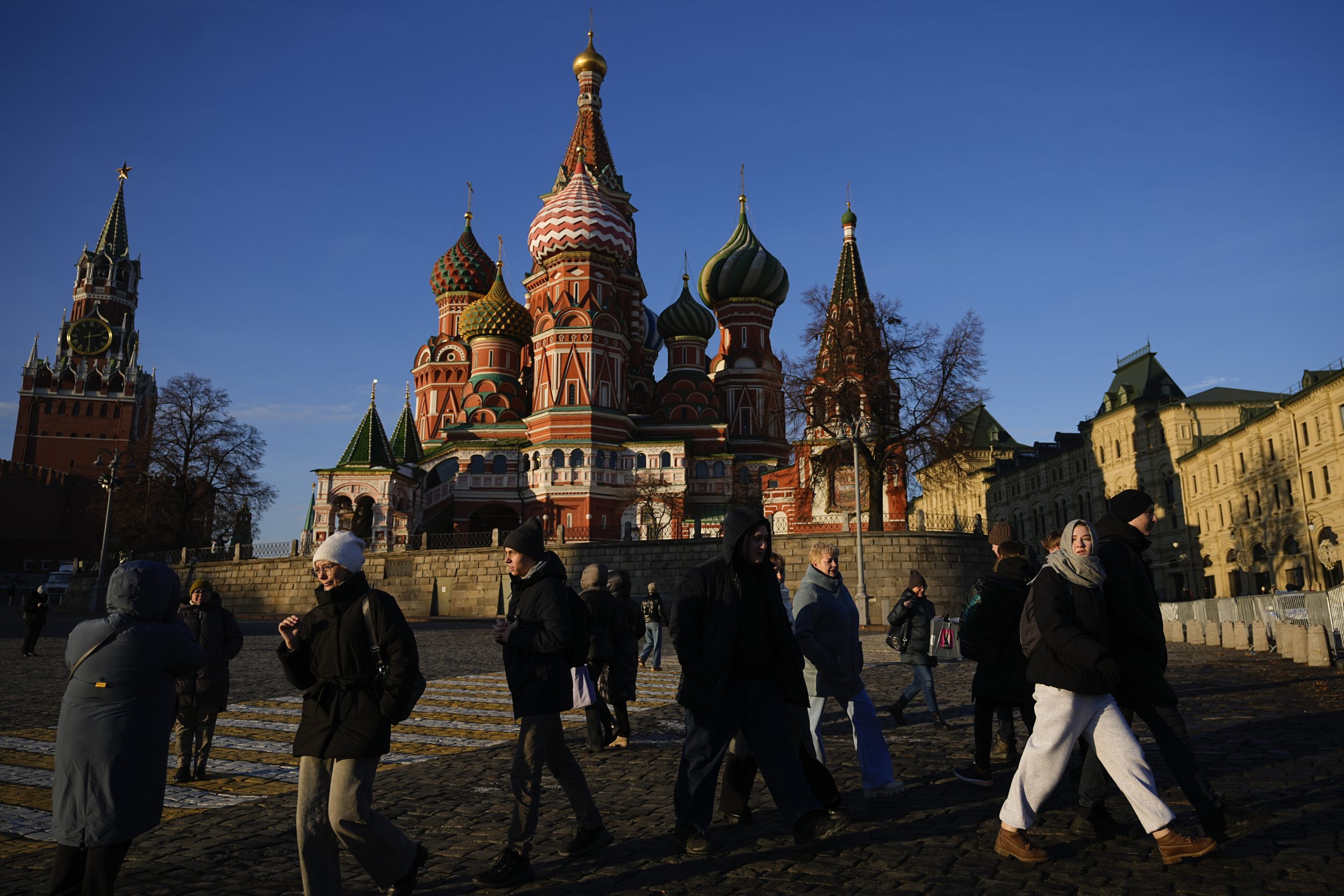ARTICLE AD BOX
DEEP in the Namibian desert sits an apocalyptic beach graveyard dubbed the “Gates of Hell” where battered shipwrecks and decaying human bones lie.
Once described as “the land God made in anger” the cursed coast line is untouched by locals and left to fester in its dark tales of death, destruction and desertion.
 Getty
Getty Getty
Getty Getty
Getty Getty
Getty Getty
GettyOn the surface Namibia’s Skeleton Coast is a beautiful stretch of sandy dunes but due to its prime ocean front location the spot has earned its number of eerie nicknames.
Known locally as the “end of the world”, the sand has engulfed a number of doomed shipwrecked victims as their boats crashed through the choppy waters – throwing them violently overboard.
Thousands of washed out skeletons, broken down aircraft and abandoned ships line up the shores when the ocean tide is out.
Crumbling remains of famous ships date back to 1904 with several ships carrying hundreds of unfortunate passengers on board who all call the Skeleton Coast their final resting place.
For sailors who ended up washed ashore, the only way back to land was by going through a overgrown marsh that stretched for hundreds of miles.
Leading to several men trekking across the scorching and dangerous desert ultimately to their deaths.
The skeletons sit side-by-side with animal remains from prides of lions to huge elephants who typically call the desert their home.
The virtually unlivable landscape creates an ungodly and apocalyptic feel as dust storms and thick fogs fill the dry air daily.
It was originally named “The Land God Made in Anger” by the native people of Namibia called the Bushmen after repeated catastrophes continued to occur.
Nowadays, the only signs of existing human life along the strip of desolate land are decaying road signs buried under sand, abandoned oil rigs left to rot and the sun kissed carcasses of man, beasts and ships.
The coast covers the northern part of the Atlantic Ocean coast of Namibia to the south of Angola from the Kunene River south to the Swakop River.
Despite the signs of grisly death surrounding most who wander the shores, the wildlife is thriving on the beaches.
Over 200,000 fur seals take up most of the coast line with other mammoth beasts venturing across a golden Namibia from elephants and lions to giraffes and hyenas.
Even the endangered black rhino is able to live in peace on the land.
Namibia has also declared 6,200 square miles of the coastline and deserts part of Skeleton Coast National Park allowing for tours across the dunes.
The views are so picturesque that the Skeleton Coast was even once ranked as having some of the world’s best golden beaches by Beach Atlas.
The travel site dubbed the land “inhospitable yet fascinating” and described it as the prefect example of nature always outliving man.
A spokesperson for Beach Atlas said: “Skeleton Coast, known as ‘The Gates of Hell,’ is a desolate stretch in Namibia where the Atlantic’s Benguela Current meets the desert.
“Its eerie name derives from the whale skeletons and numerous shipwrecks scattered along its shores.
“This inhospitable yet fascinating area showcases the stark beauty and relentless challenge of nature.”
Elsewhere, the world’s biggest ship graveyard lies on the shore of Mauritania with vessels left releasing toxic waste into the sea.
The rusting hulks are scattered along the coast of Nouadhibou bay after being illegally abandoned by owners.
Skeleton Coast's most famous shipwrecks

Gertrud Woermann II
The oldest known wreckage to ever wash up on the shores in Namibia is the Gertrud Woermann II.
The passenger ship lost its course on November, 20, 1904, when it faced a thick fog as it quickly started to sink.
A whopping 400 soldiers, horses and general cargo was believed to have been on board but miraculously all of the humans survived.
The wreck was visible on the beach up until 1912, before it disappeared underwater during a heavy storm.
Eduard Bohlen
One of the most famous wrecks in the desert is the German Woerman Line ship dubbed Eduard Bohlen.
On September, 5, 1909, fog again plagued the ship’s captain who ended up crashing the 310ft boat into the bay.
To this day, the wreckage can be seen still sitting over 2,500ft inland partially buried in the sand.
Dunedin Star
The British cargo ship weighed an extreme 13,000 tons and was a pivotal vehicle during WW2 until it met its demise in November 1942.
At least 106 passengers and crew members were on board when it became stranded in Namibia.
Several emergency crews were deployed to rescue the boat and any survivors but the ship was lodged out at sea to this day.
It took months for the last survivors to find civilisation again after being lost at sea.
The Zeila
One of the most ghostly wreckage’s is The Zeila who can still be seen bobbing along the water after being stranded in August 2008.
The decaying fishing trawler came loose from its towing line as it was being transported to India before being left abandoned on the shoreline.
 Getty
Getty Getty
Getty Getty
Getty Getty
Getty Getty
Getty Getty
Getty Getty
Getty.png)
 5 months ago
4
5 months ago
4








 English (US)
English (US)